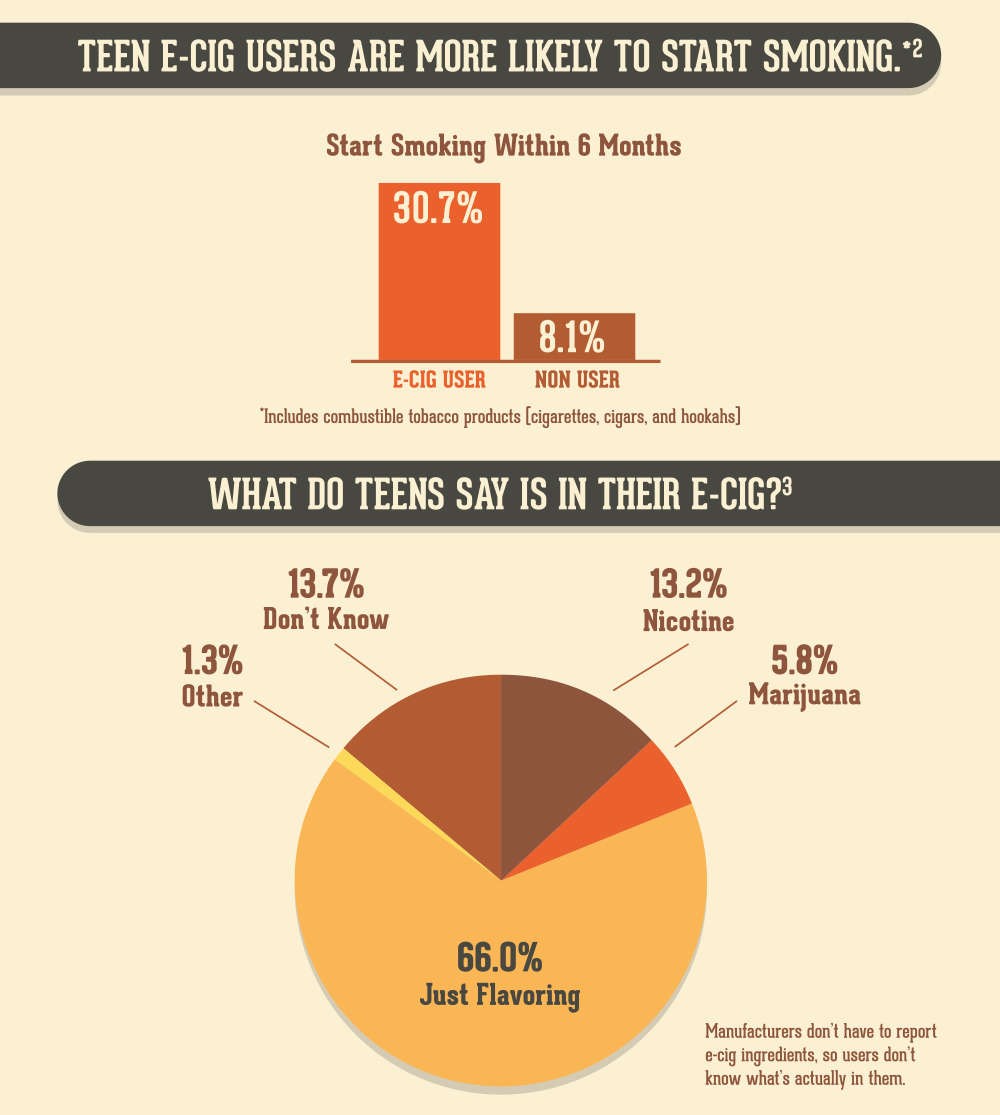1 May 2019 By Student Health ...
This blog post is by Madeleine Wheelock, a member of OSBHA Student Health Advocates.
Although they deny it, JUUL as well as many other e-cigarette companies’ widely attract teens into using their products. They market them with bright colors and flavors as well as a lifestyle that’s attractive to youth. As teens get more and more used to the sight of JUULs and other vaporizers in their everyday lives, the knowledge of the dangerous impact they can cause continues to weaken. Here is just a quick reminder of why E-Cigarettes can be so dangerous to your health.

- E-cigarettes contain very high levels of nicotine. In fact, according to the JUUL’s website, the nicotine content of one pack of cigarettes is equivalent to one JUUL pod.
- Because of these high nicotine levels, vaping is extremely addictive. Teens brains in their developing process are far more likely to develop addiction than adults because their brains are more susceptible, which makes them more likely to habituate to using drugs and alcohol in the future.
-
Nicotine addiction becomes worse and worse for teens the more they continue to use the substance. Symptoms of addiction can include;
- Withdrawal symptoms such as nausea, headaches, anxiety, irritability, restlessness, etc.
- You can’t stop using even after serious attempts to stop.
- You give up social events to use the substance.
- Nicotine can begin to control your life and you may not realize it until it is too late. Dependency is hard to grasp until you are without the substance.
- A recent study found that vaping does, in fact, cause lung irritation much alike to what is seen in smokers and people with lung disease and causes damage to vital immune system cells.
There is a lot more harm than good in nicotine use in teenagers (why it was made illegal in the first place for anyone under twenty one). The best way to avoid addiction and the other harmful effects of E-Cigarettes is to say no when offered one as well as spreading knowledge of the harms they cause.

